How To Prevent Forked Parsnips – Tips On Growing Parsnips In Cardboard Tubes

Parsnips are easiest to harvest and prepare for cooking when they have straight roots. They often develop forked, twisted, or stunted roots. Whether parsnips are germinated indoors or directly in the soil, it can be difficult to prevent this problem. Read on to discover how to grow straight parsnips using something as simple as a cardboard tube.
How to Prevent Forked Parsnips
Parsnips germinated indoors in typical germination trays are almost guaranteed to have deformed roots. Trays used to germinate other seeds are too shallow for parsnips. When a parsnip seed germinates, it first sends down its deep taproot (single plunging root) and only later sends up a tiny shoot with its first leaves. This means by the time you see the seedling emerge from the soil, its root has already hit the bottom of the tray and begun to coil or fork. The usual way to deal with this problem is to directly sow parsnip seeds in your garden. Parsnips can also develop forked or deformed roots if they’re grown in hard or clumpy soil, so it’s important to prepare the soil deeply and break up clumps and clods. However, outdoor sowing introduces the problem of keeping the seeds moist. Parsnip seeds won’t germinate and push above the surface unless you keep them moist until you see the seedlings growing, which often takes three weeks or more. It can be difficult to keep the soil constantly moist outdoors for this long, especially if your plot is in a community garden and not in your backyard. Plus, parsnip seeds often have patchy germination even under good conditions, so you can end up with gaps and uneven spacing in your rows.
How to Start Parsnips in Cardboard Tubes Indoors
Creative gardeners have come up with a perfect solution to this conundrum – growing parsnip seedlings in 6 to 8 inch long (15-20 cm.) cardboard tubes, such as the tubes left over from paper towel rolls. You can also make your own by rolling the newspaper into a tube. Note: Growing parsnips in toilet paper rolls is not an ideal way to prevent them from developing forked roots. Toilet paper tubes are too short, and the root can reach the bottom quickly and then fork, either when it touches the bottom of the seed tray or when it hits poorly prepared soil outside the roll. Place the tubes in a tray and fill them with compost. Since parsnip seeds may have low germination rates, one option is to pre-germinate seeds on moist paper towels, then carefully place the germinated seeds just below the surface of the compost. Another option is to soak seeds overnight, then place three or four seeds in each tube and thin the extras when they appear. Transplant the seedlings as soon as the third leaf appears (this is the first “true” leaf that develops after the seed leaves). If you wait longer than this, the root might hit the bottom of the container and begin to fork. Cardboard tube-grown parsnips can reach up to 17 inches (43 cm.) long, or more. That means you’ll need to provide the seedlings with deeply prepared soil. When you transplant the seedlings, dig holes about 17 to 20 inches (43-51 cm.) deep. Try using a bulb planter to do this. Then, partially fill in the hole with fine soil and place your seedlings, still in their tubes, into the holes with their tops even with the soil surface.
Gardening tips, videos, info and more delivered right to your inbox!
Sign up for the Gardening Know How newsletter today and receive a free copy of our e-book "How to Grow Delicious Tomatoes".
Ilana Goldowitz Jimenez is a scientific and agricultural writer with a B.S. in Plant Sciences from Cornell University and a PhD in Chemical Biology and Infectious Disease from Harvard University.
-
 Looking For Plants To Give You The Soft And Fuzzies? Try These 5 Fuzzy Leaf Plant Options
Looking For Plants To Give You The Soft And Fuzzies? Try These 5 Fuzzy Leaf Plant OptionsLovers of texture, drama, silver foliage and tactile plants will adore these special sensory garden additions. These fuzzy leaf plant options will leave you all aglow
By Susan Albert
-
 Get Ready For A Summer Of Hummers! Grow These Full Sun Hummingbird Plants and Flowers
Get Ready For A Summer Of Hummers! Grow These Full Sun Hummingbird Plants and FlowersIf you’re lucky enough to enjoy a sunny backyard, make sure you are maxing out on your pollinator opportunities and grow these full sun hummingbird plants and flowers
By Tonya Barnett
-
Powdery Mildew Of Parsnips – Treating Signs Of Powdery Mildew In Parsnips
Powdery mildew is a very common disease that affects a wide array of plants. Powdery mildew of parsnips can be a problem if left unchecked too. To learn more about how to manage and recognize the symptoms of powdery mildew in parsnips, click here.
By Liz Baessler
-
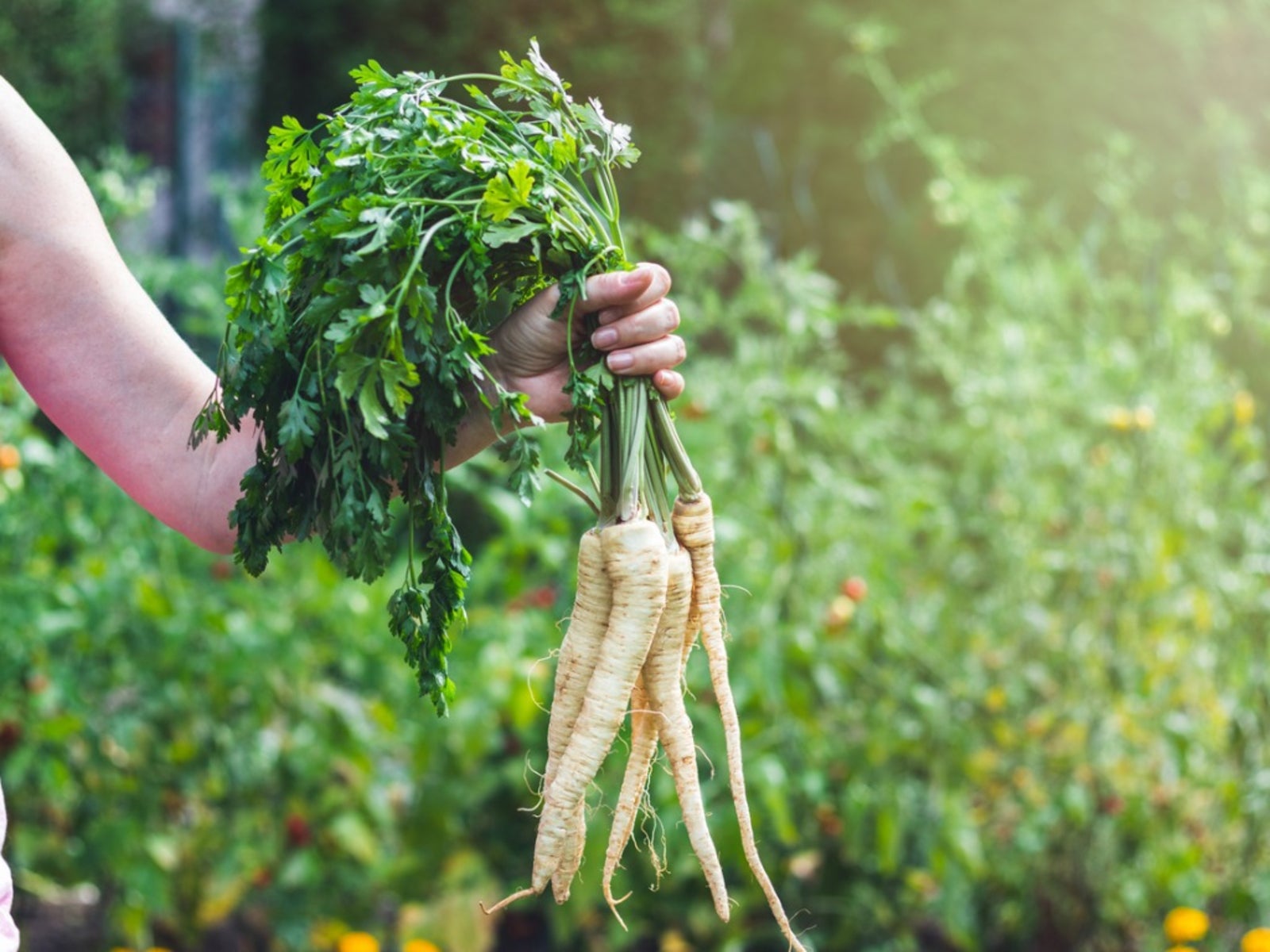 Parsnip Leaf Spot Problems – Learn About Leaf Spot On Parsnips
Parsnip Leaf Spot Problems – Learn About Leaf Spot On ParsnipsParsnips are as easy to grow as their cousin the carrot. Easy to grow they may be, but not without their share of diseases and pests. One such disease, parsnip leaf spot results in exactly what it sounds like - parsnips with spots on leaves. Learn more in this article.
By Amy Grant
-
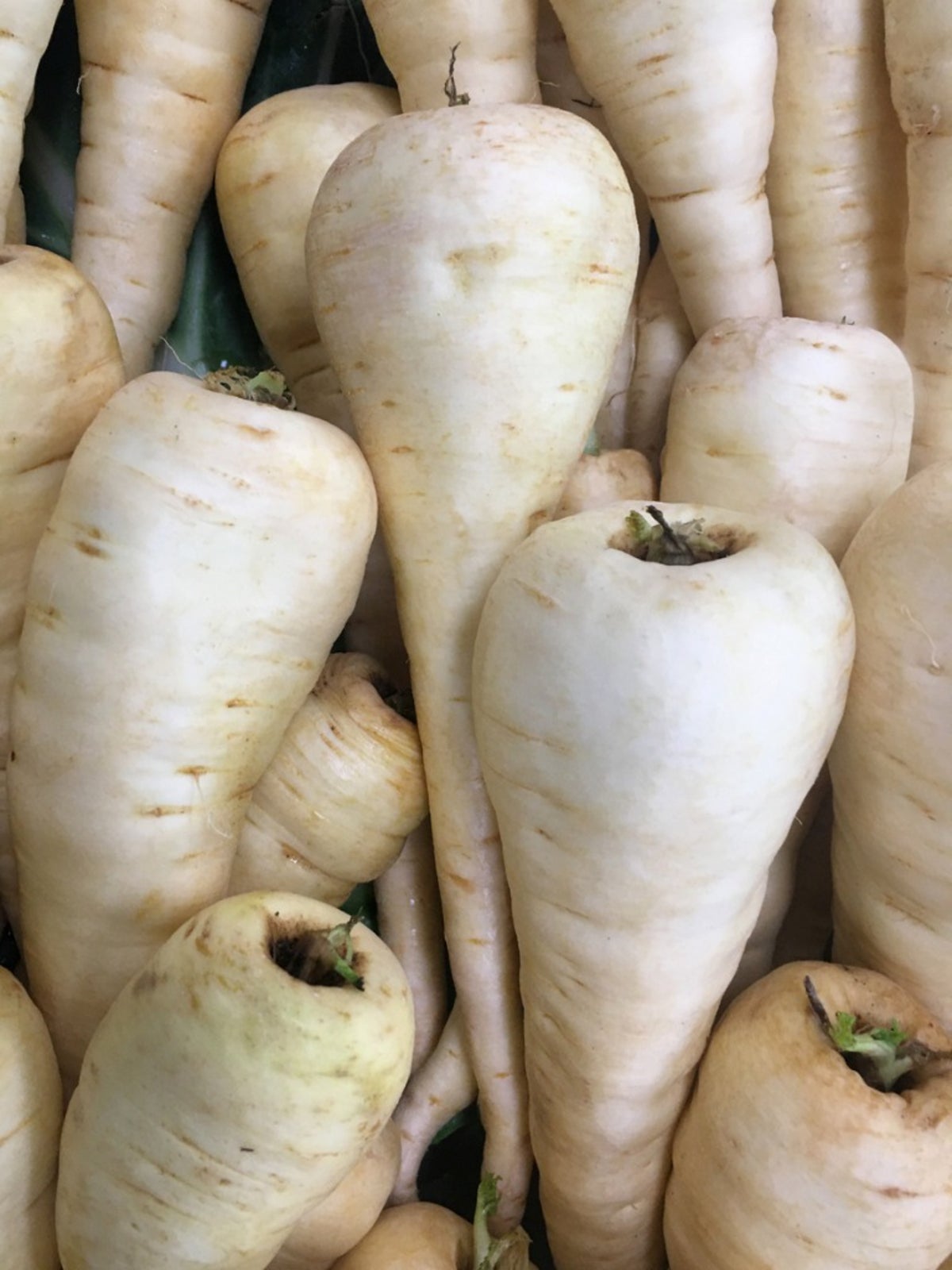 Guide To Parsnip Diseases – How To Treat Sick Parsnips In The Garden
Guide To Parsnip Diseases – How To Treat Sick Parsnips In The GardenParsnips are the often overlooked middle child of the root vegetable world, but they can be total rock stars in your garden. Just be on the lookout for these common parsnip diseases and your vegetable stand will be the envy of the neighborhood! Learn more here.
By Kristi Waterworth
-
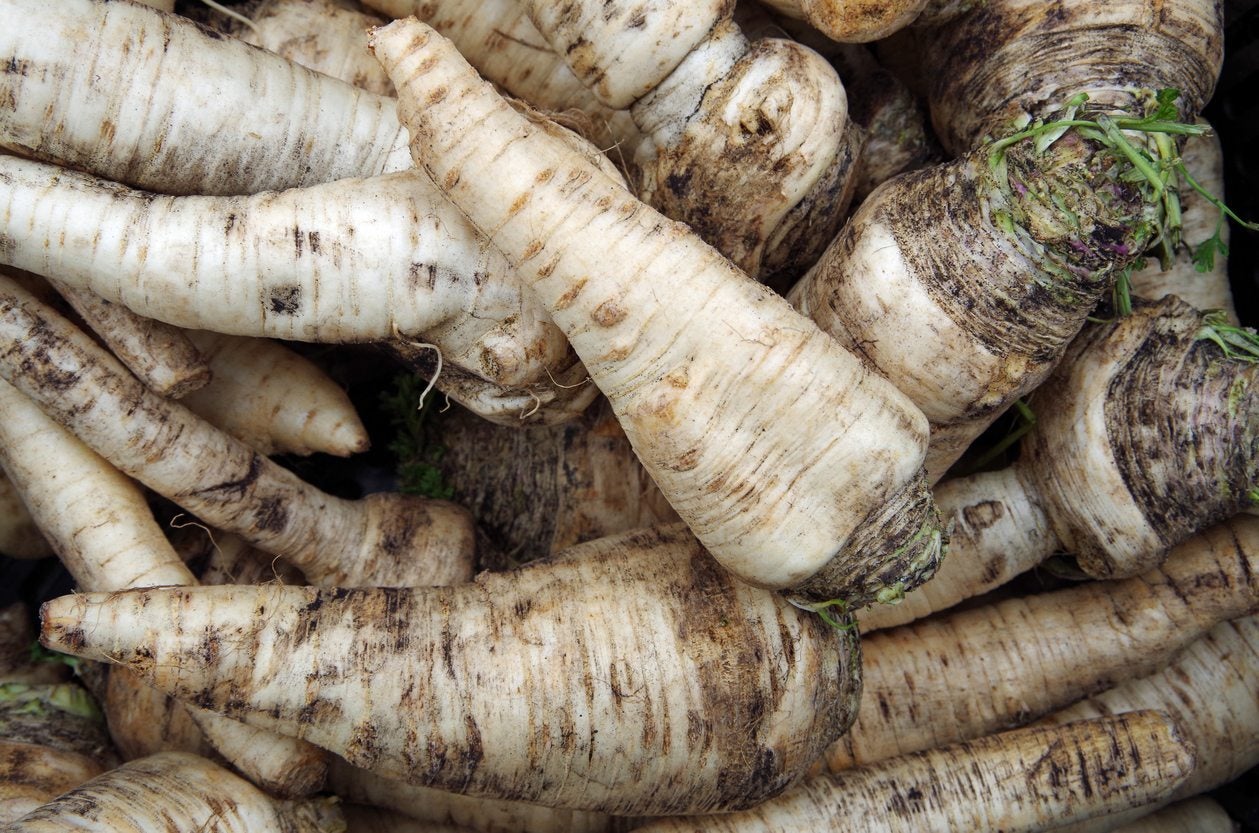 Harvesting Parsnips In Winter: How To Grow A Winter Parsnip Crop
Harvesting Parsnips In Winter: How To Grow A Winter Parsnip CropGardeners that have tried planting parsnip seeds in spring often get disappointing results. Parsnips have a reputation as being difficult to grow, mostly because gardeners plant them at the wrong time. An ideal time for many regions is winter. Learn more here.
By Darcy Larum
-
 Can You Overwinter Parsnips – Tips For Parsnip Winter Care
Can You Overwinter Parsnips – Tips For Parsnip Winter CareParsnips are a cool season vegetable that actually become sweeter when exposed to several weeks of cool, frosty weather. That leads us to the question "can you overwinter parsnips." If so, how do you grow parsnips in winter? Find out in this article.
By Amy Grant
-
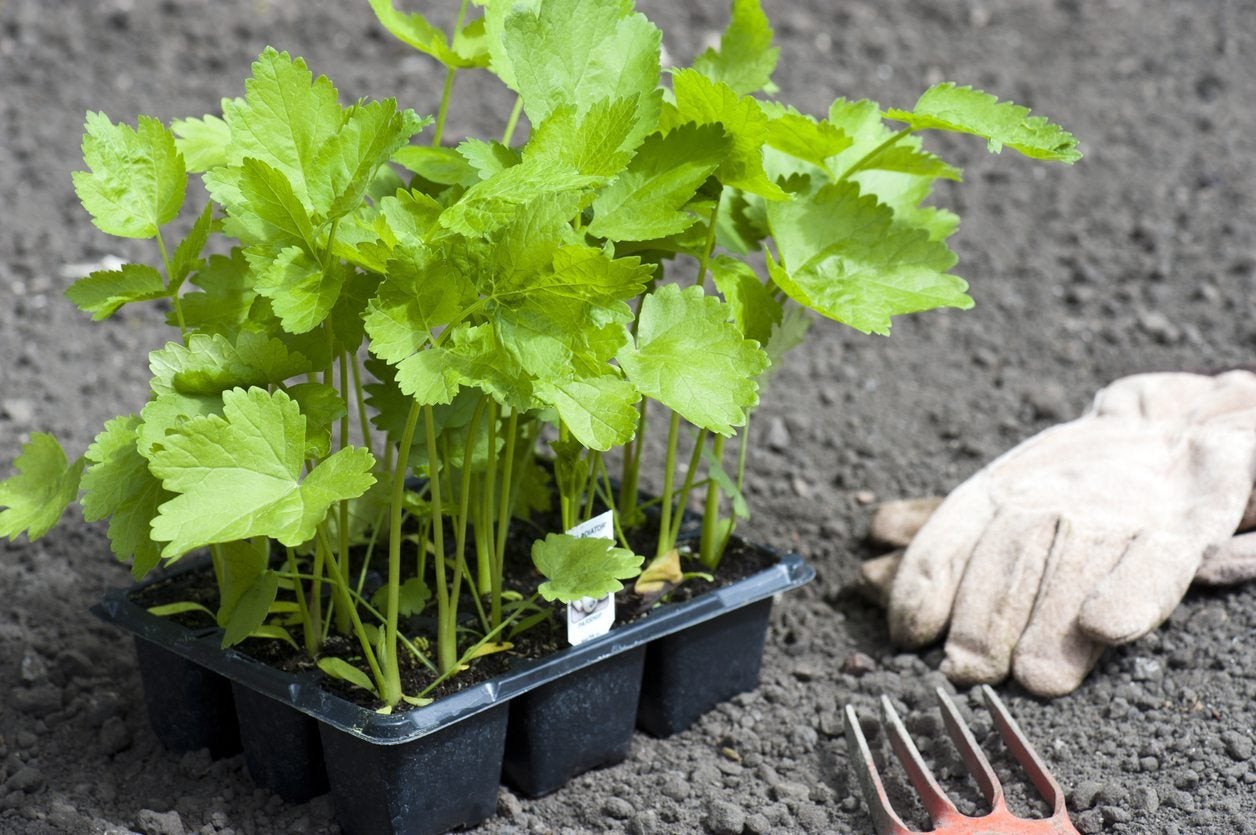 Container Grown Parsnips – Learn How To Grow Parsnips In A Container
Container Grown Parsnips – Learn How To Grow Parsnips In A ContainerRoot vegetables are making a comeback, and parsnips are high on the list. Parsnips are grown for their delicious roots and generally do best planted in a garden, but what if you don't have a garden plot? Can you grow parsnips in pots? Find out here.
By Amy Grant
-
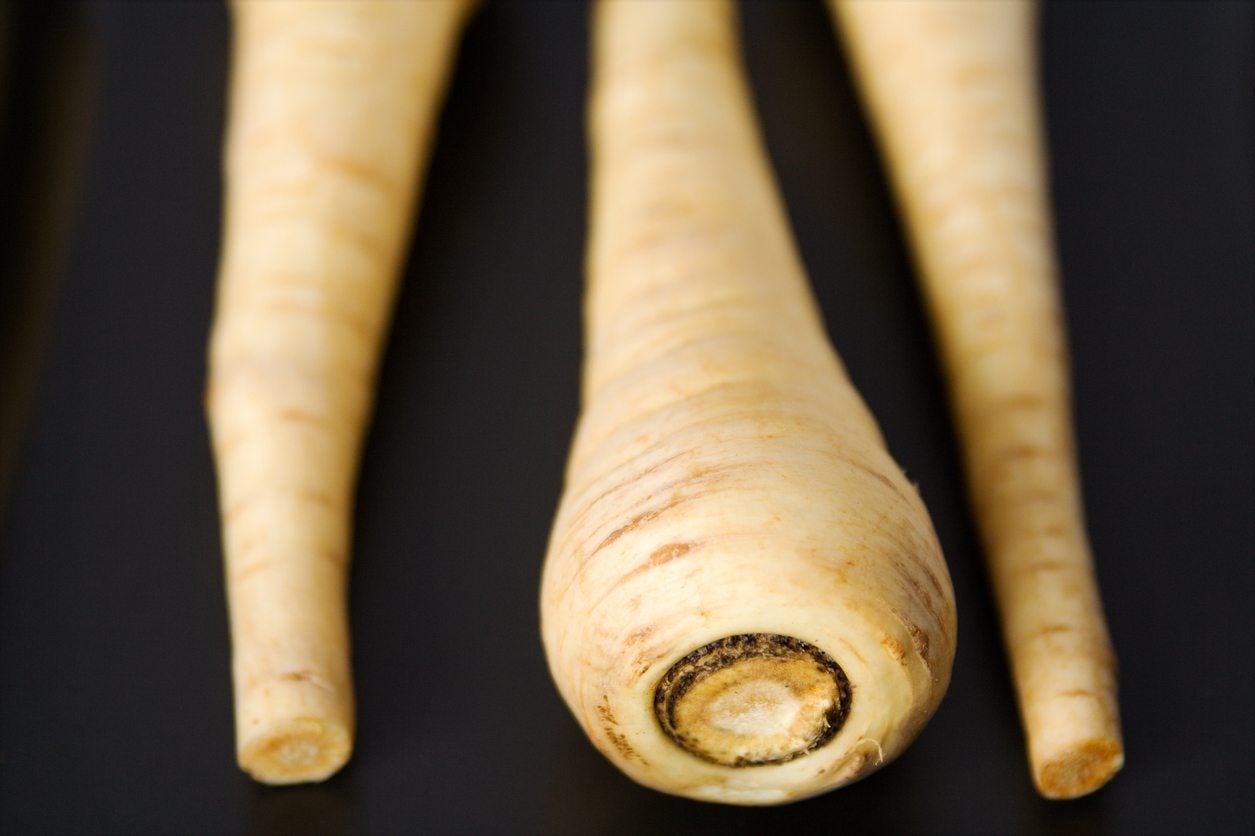 Growing Parsnips From Kitchen Scraps – Can You Regrow Parsnips From Tops
Growing Parsnips From Kitchen Scraps – Can You Regrow Parsnips From TopsYou only have to buy a vegetable once, and after you can just regrow it from its base. In the case of some vegetables, like celery, this is actually true. But what about parsnips? Do parsnips regrow after you've eaten them? Find out in this article.
By Liz Baessler
-
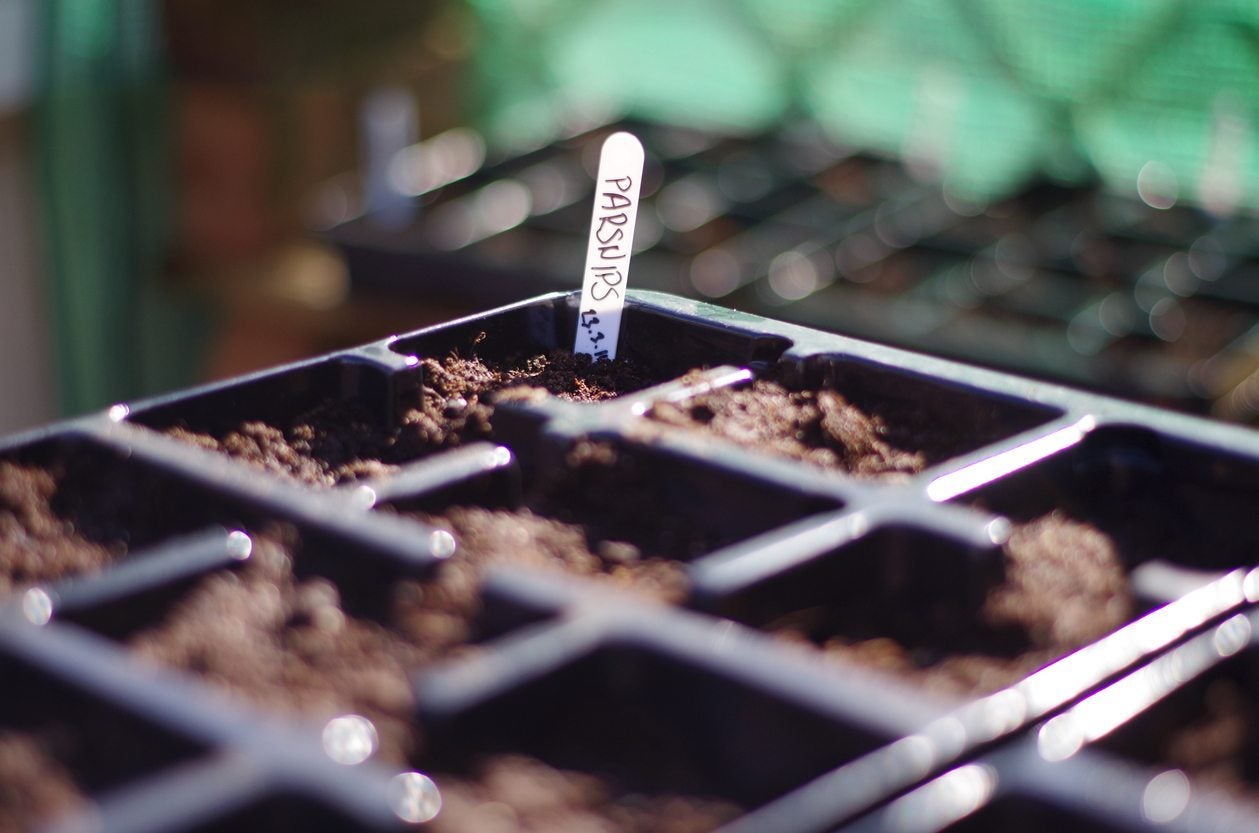 Seed Grown Parsnips: How To Grow Parsnips From Seed
Seed Grown Parsnips: How To Grow Parsnips From SeedIf you?re interested in seed-grown parsnips, give it a try! Growing parsnips from seed isn?t difficult as long as you provide the proper growing conditions. Learn how to grow parsnips from seed with the information found in this article.
By Mary H. Dyer